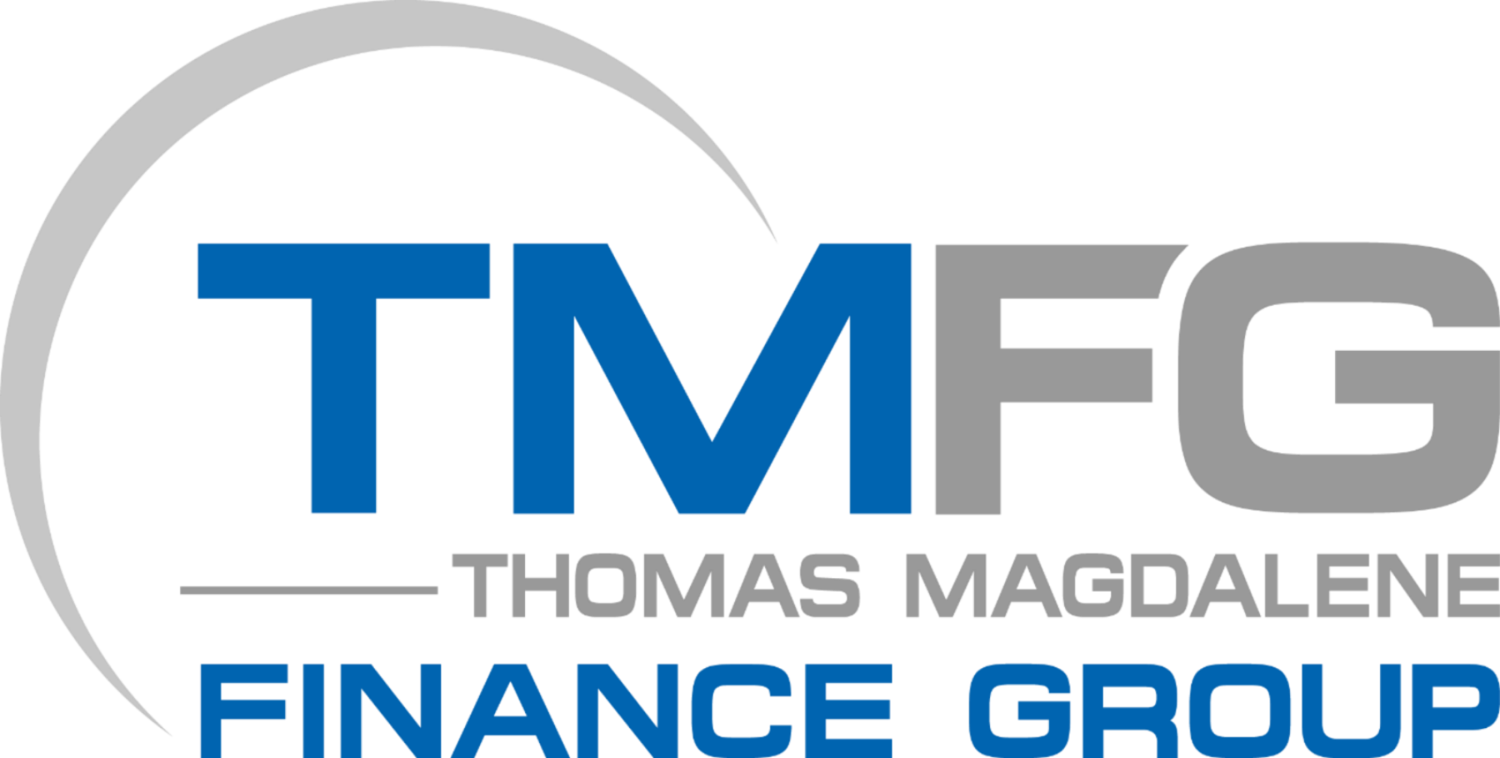Rising Interest rates have had a huge impact on Australian mortgage holders the past 12 months. As a result, banks are required to assess their customers’ ability to repay their home loan based on an interest rate that is higher than their actual rate – known as the “assessment rate”. This is to protect the customers’ ability to repay their home loan in the event of interest rate rises.
So, just like the law of gravity, as interest rate rollercoaster rises, your borrowing capacity for a loan declines. However, you’ll be grateful of the insight as the rate rises hit. Let’s discuss what will impact your current borrowing power.
Perhaps you’ve been squirelling away and saving your deposit for years, perhaps you finally have some equity on your property and are ready to renovate, refinance, or invest in another property. Regardless of your situation, anyone looking to purchase property now, will find their borrowing capacity may be less than they thought and definitely less than what it was 12 months ago!
First time home buyers and investors, this means you.
Because of decreased borrowing power, it’s very possible the property price point you were looking in–even as little as a few months ago–has changed dramatically and it’s quite a stretch from the price point you’re *actually* eligible for today, in the current climate.
In the interest of knowing, rather than guessing what your borrowing capacity is, we highly recommend engaging with a mortgage broker to properly assess your unique situation.
How do we, as mortgage brokers, determine your borrowing capacity?
There’s nothing worse than shopping for something you can’t afford or missing out on something you possibly *can* afford but didn’t have access to. So, when you decide you’re ready to take the plunge and would like an accurate ballpark for what you can borrow, then together we go through a checklist.
Some of the areas we explore are standard, and some of them less obvious, which is why it’s important to speak with a mortgage professional before even thinking about searching for your property.
Income
This covers all your income, as well as your partner’s if you are applying for a joint loan. If you have multiple streams of income, every stream is considered toward your ultimate borrowing capacity.
HECS Debts
If there’s a debt/s in your name, a lender will find it, even if you’ve forgotten about it. That includes your Higher Education Contribution Scheme (HECS) debt. No matter how small an amount, your HECS debt will influence your borrowing capacity as it does add to your overall outgoings.
Credit Cards/Buy Now Pay Later
If you have one or more than one credit card, these will all count toward your borrowing capacity. A lender will assess based on your limit, making your repayments on time, and not exceeding the approved limit. Depending on the size of your loan, if you have credit card limits may need to be reduced or may need to be closed off completely.
Other sources of credit are also scrutinised. Lenders don’t look favourably on Afterpay and other buy now, pay later schemes. We’d suggest not indulging in any purchases leading up to your application that require credit, it just doesn’t bode well for your borrowing power.
Car Salary Sacrifice
Do you lease a car using your pre-tax salary? This total will be used to determine your overall borrowing power. And lenders do differ as to how they treat a Salary Sacrifice payment or a vehicle lease.
Living Expenses
Living expenses and household budget seems an obvious outgoing and you may think you have it covered. As mortgage professionals your Living Expenses can be compared to What is known as HEM. The Household Expenditure Measure. HEM is often aligned to your household and income and where your Living Expenses are expected to be each month. We can make sure you haven’t missed out on any living expense categories you may have overlooked. If there are gaps in your budget, we’ll discuss with you.
What’s not a Living Expense but impacts your Borrowing Capacity
Often families have payments that will fall outside of Standard Household Expenditure Categories. This can often be luxury items but not always the case. Private Health Insurance, Private School Fees, Life Insurances and Child Support.
Whilst they are a necessary commitment, they are considered an expense and will impact your borrowing capacity.
Other Debts
This might refer to anything in your credit history that affects your ability to make regular payments on your loan. We consider existing loans such as car loans, leases, business loans or personal loans in your name. We also assess your credit history, credit scores and financial profile.
The Self Employed
Are you or your partner self-employed? This can often be a complex assessment, as each lenders have a different method on how to assess your loan when you are Self Employed. Lucky for you we specialise in Self Employed Applications and can step you through the different methods lenders have, without the stress of dealing with a lender yourself.
If you want advice on how to increase your borrowing capacity so you're ready to buy, upgrade, downsize, refinance or release equity; book an appointment and find out HOW.




